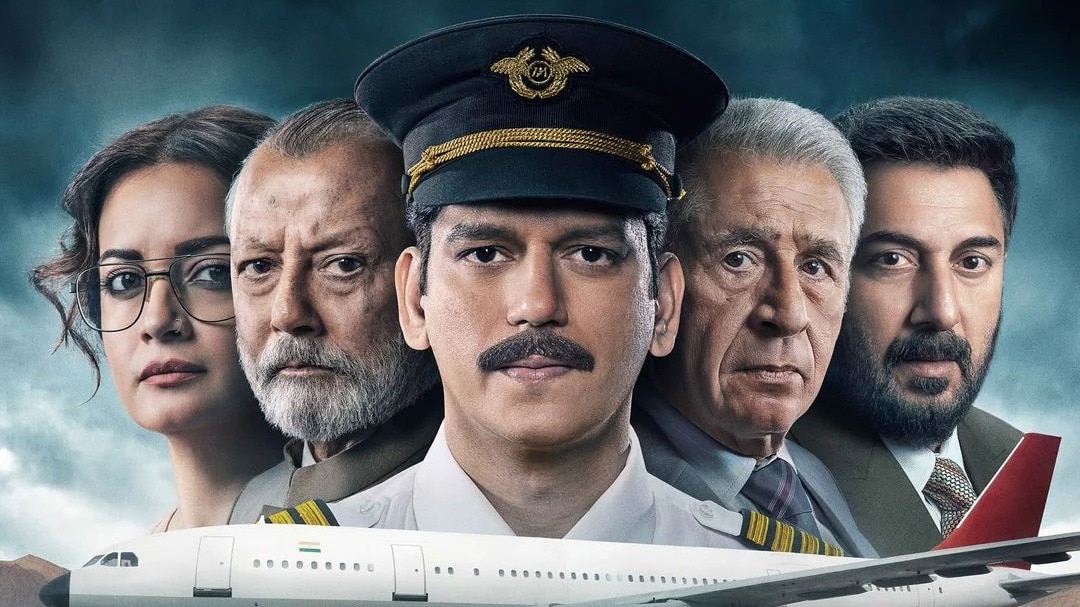On December 24, 1999, Indian Airlines flight IC-814, en route from Kathmandu to New Delhi, was hijacked by five armed terrorists shortly after crossing into Indian airspace. This hijacking, which lasted 173 hours, became one of the most significant crises in Indian aviation history. The dramatic events of the hijacking, and the subsequent negotiations and responses, remain a topic of intense discussion and analysis.
The Hijacking Unfolds
The hijackers, affiliated with the Pakistani militant group Harkat-ul-Mujahideen, took control of the aircraft and demanded it be diverted to Pakistan. The plane, with 176 passengers and 15 crew members onboard, was originally headed for Lucknow. Upon hijacking, the terrorists, armed and masked, forced Captain Devi Sharan to alter the flight path to Lahore. However, due to low fuel, the plane was unable to land directly in Lahore and instead made a brief stop in Amritsar.
In Amritsar, the aircraft did not refuel as the terrorists anticipated a security operation. The plane then continued to Lahore, where the airport was initially darkened to prevent the plane from landing. After prolonged negotiations, the aircraft was finally allowed to land in Lahore around 8 pm.
The International Aspect
After refueling in Lahore, the aircraft was flown to Dubai, where 27 passengers, mostly women and children, were released in exchange for additional fuel. Despite India’s requests for intervention at Dubai airport, the UAE refused to allow any military action. The plane then proceeded to Kandahar, Afghanistan, where the Taliban regime was in power. The aircraft landed in Kandahar on the morning of December 25, 1999, and remained there until the resolution of the crisis.
The Role of ISI and Negotiations
During the crisis, Ajit Doval, then a key negotiator, observed that members of the Pakistani intelligence agency ISI were present in Kandahar. Reports suggest that these ISI operatives were involved in supporting the hijackers, raising questions about the extent of Pakistan’s involvement. The hijackers’ demands included the release of 36 terrorists held in India, a demand that was initially rejected by the Indian government.
The Release of Terrorists
Under immense pressure and with the situation escalating, the Indian government, led by then-Prime Minister Atal Bihari Vajpayee, decided to negotiate. The Indian government ultimately agreed to release three terrorists in exchange for the hostages. The terrorists released included Maulana Masood Azhar, Mushtaq Zargar, and Ahmed Omar Saeed Sheikh, who were later linked to various terrorist activities.
Media and Public Reaction
The hijacking and the government’s response were highly controversial. Critics argued that the decision to negotiate and release terrorists was a surrender to terrorism, while others praised the government for prioritizing the safety of the passengers. The situation was further complicated by the tragic killing of Rupen Katyal, who was murdered by the terrorists to instill fear among the hostages.
The Web Series Controversy
Recently, filmmaker Anubhav Sinha’s web series, IC 814: The Kandahar Hijack, has sparked controversy. The series, based on the book Flight into Fear: The Captain’s Story by Srinjoy Chaudhary and Captain Devi Sharan, depicts the hijacking incident. However, the portrayal of the hijackers’ names has led to disputes. In reality, the hijackers used codenames like Chief, Burger, Doctor, Shankar, and Bhola. The Indian Home Ministry had disclosed the actual names of the hijackers as Ibrahim Athar, Shahid Akhtar Saeed, Sunny Ahmed Qazi, Mistry Zahoor Ibrahim, and Shakir.
The decision to change or portray the names differently in media representations has been debated. The intention behind such changes often revolves around protecting identities or dramatizing the narrative for viewers. However, these changes sometimes lead to misconceptions and inaccuracies about the real events.
Legacy of the Hijacking
The 1999 IC-814 hijacking remains a poignant episode in Indian history, reflecting the challenges faced in counter-terrorism and international diplomacy. The event highlighted the complexities of negotiating with terrorists and the strategic decisions that governments must make in crisis situations. The aftermath of the hijacking led to increased security measures and changes in aviation protocols to prevent similar incidents.
The story of IC-814 serves as a reminder of the delicate balance between national security, diplomacy, and the need for effective counter-terrorism strategies. It also underscores the importance of accurate historical representation in media to preserve the integrity of real events and the experiences of those involved.
This detailed account sheds light on the multifaceted aspects of the hijacking and its aftermath, offering a comprehensive understanding of the incident that shook the world.


